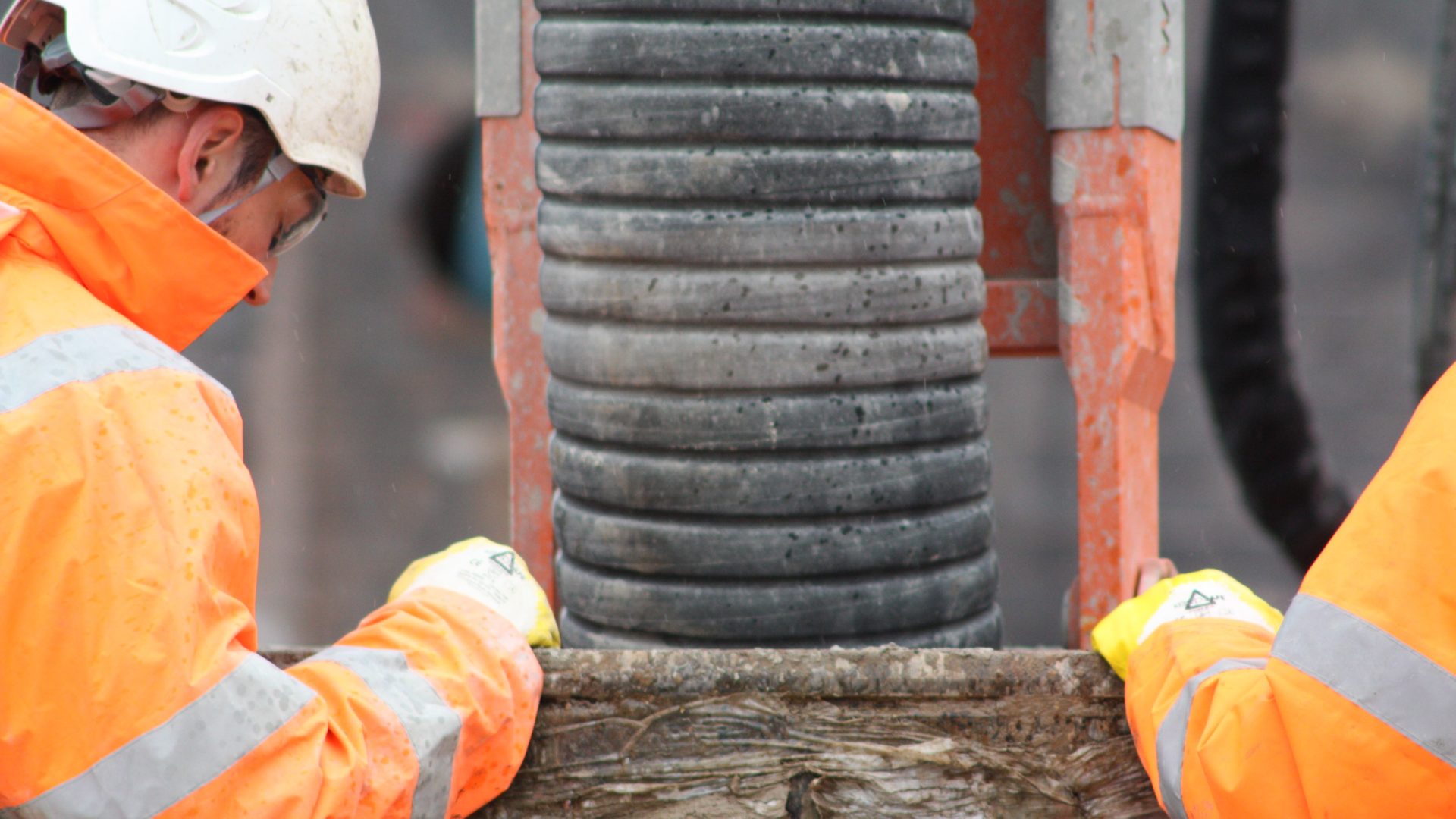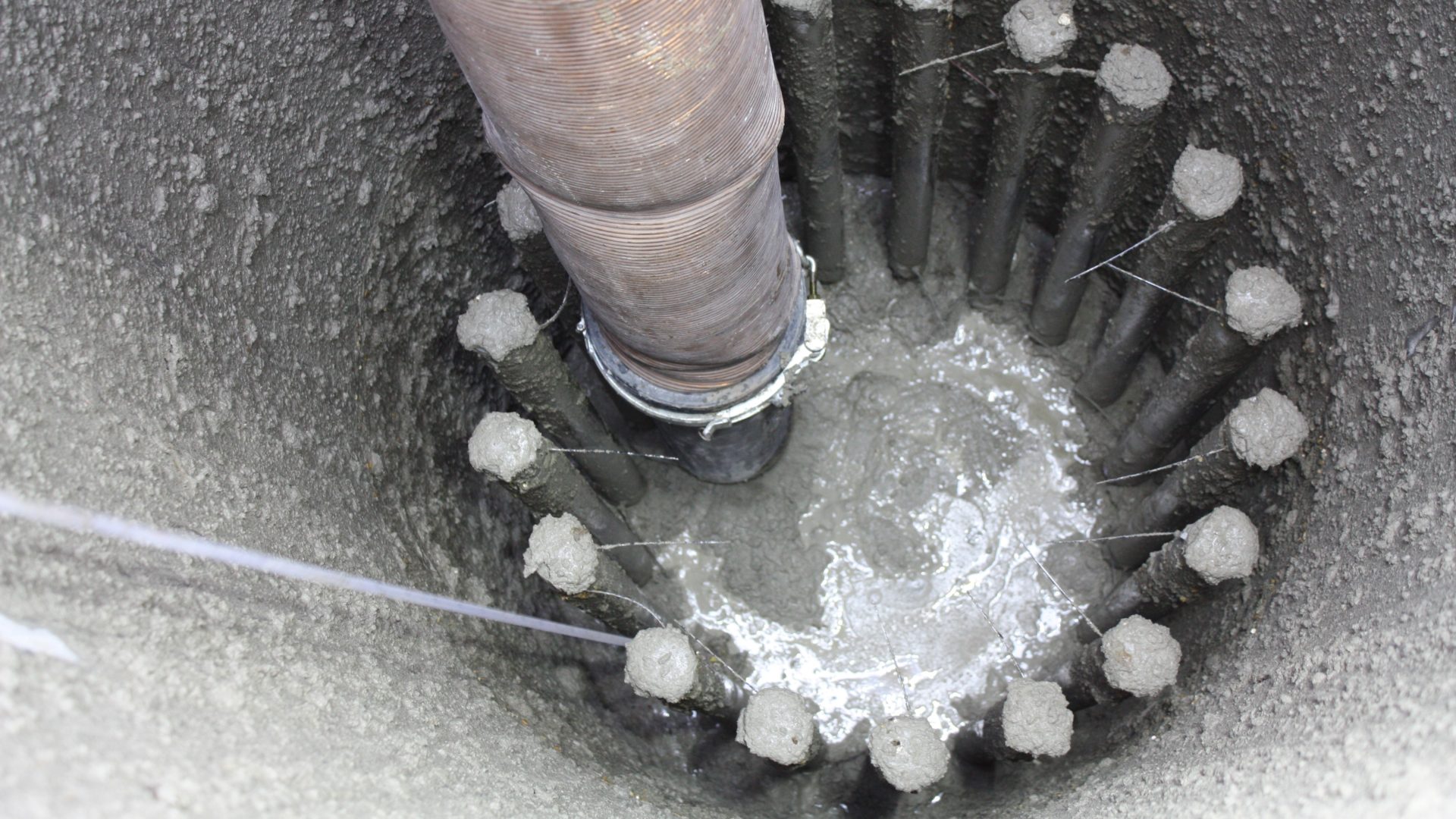
The Skanska Costain Strabag (SCS JV) joint venture has trialled a new vacuum excavation technique for piling on HS2, which it has claimed is better for the environment, safer for workers and quieter.
The “zero trim pile technique” involves sucking out excess concrete while still wet. Traditionally in piling, concrete is overpoured and then workers have to break out the excess concrete, leading to the risk of hand-arm vibration syndrome, hearing loss and silicosis.
But HS2 claimed that by removing the need to break out excess concrete, the new approach is safer for workers, and also reduces the manhours involved in complex piling work.
While vacuum excavation technology is not new, SCS JV claimed that using it in this way in the construction sector is.
The trial was supported by Hercules Site Services, a company from Cirencester, which was keen to develop the technology, and provided a machine for use on site in the Euston Approaches, for use on real life piles. Materials excavated were then sent off for lab testing and reports.
Lee Piper, working for SCS JV, identified the opportunity to test a new piling technique and worked with a colleague, Deon Louw from Cementation Skanska, to develop the new approach.

Piper, site superintendent for SCS JV, said: “I have worked in the construction sector for over 20 years, and the same piling techniques have been used throughout that time. Working with colleagues, I saw an opportunity to try a new approach and was supported to do so by HS2.
“This technique could be transformational for the construction sector, reducing the health risk that results from breaking piles. The additional benefits of noise reduction, time and carbon savings mean the technique should be attractive for the whole sector to use going forward.”
Louw, project director at Cementation Skanska, said: “This piling innovation has been developed as a result of a fantastically collaborative approach. This included trials with Hercules Site Services to perfect the vacuuming technique, together with extensive onsite testing to validate the integrity of the piles constructed using this new approach.
“We’ll be installing around 2,000 piles over the next three years in the Euston area. This zero trim innovation will bring amazing benefits in terms of reduced carbon, noise reduction and safer ways of working for our site teams. The potential health impacts associated with concrete breakdown are well known, so to be able to mitigate these risks from the outset is great for our people.
“Longer-term, we’ll be looking to see how we can use this innovation on future projects. It really does have the potential to be a game-changer for our industry.”
The zero trim technique is currently being used on HS2 sites near Euston and will extend to other sites across London where SCS JV is working. Discussions are also taking place with other HS2 contractors to see how it can be used further across the route.










